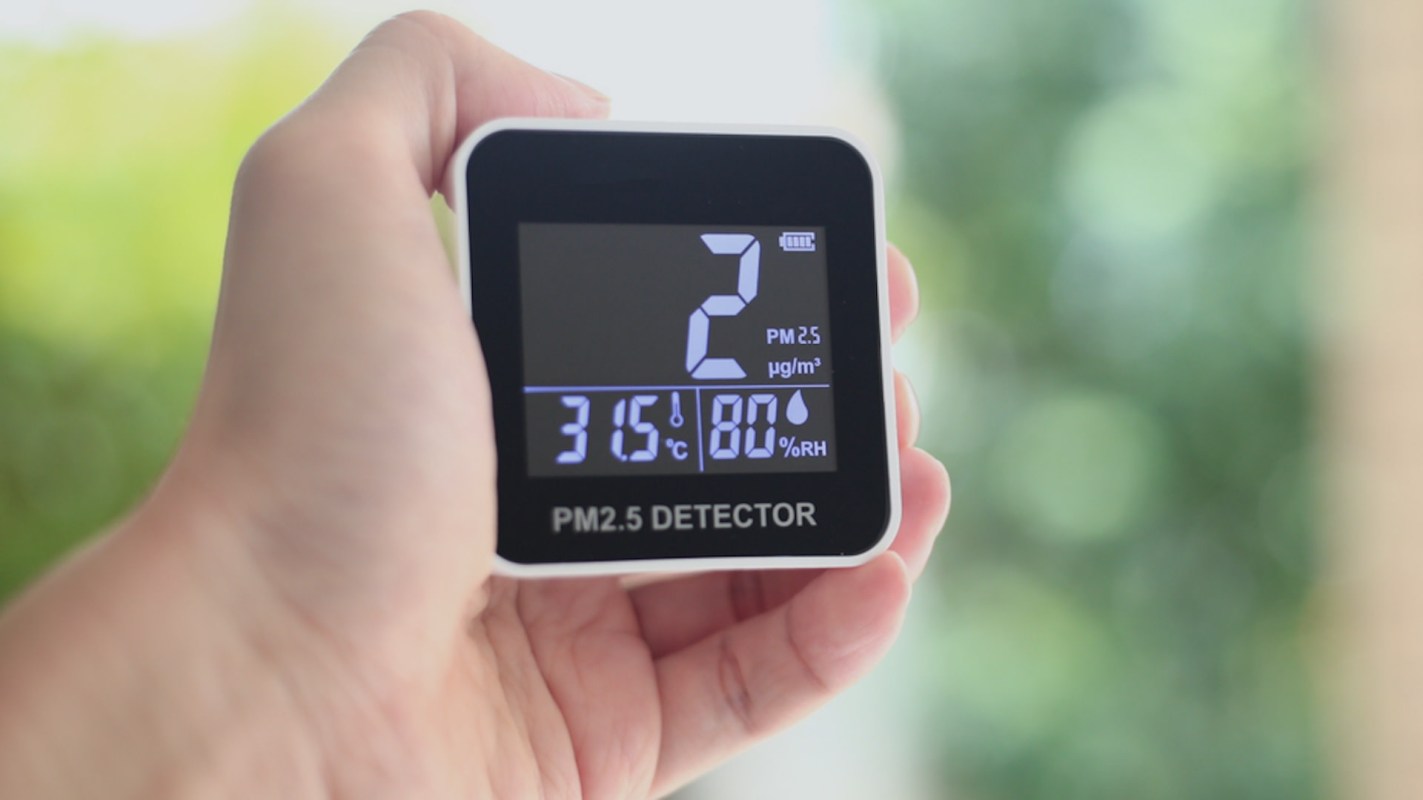Air quality plays a major role in our health, and it's also a growing issue. Dirty energy sources like coal and increasing wildfires are generating huge amounts of pollution — and the planet's rising temperature is even increasing particle pollution from natural sources.
The issue is severe enough that some states are considering providing clean air centers for residents. Information is the most important tool in protecting yourself — and for that, your best bet is to get an air quality monitor.
What is an air quality monitor?
These are sensors designed to test for different types of pollution in the surrounding air, such as PM2.5 pollution — fine particulate matter. Some air quality monitors are portable, and others are designed for indoor use in your home.
Some air quality information is available online, but having an air quality monitor can give you real-time information specific to your location, including inside your home. This means you can make informed decisions about travels and activities — for example, you can avoid going outside on days with particularly poor air quality.
It can also help you assess whether any solutions you might try, like air filters, are working as intended.
How will an air quality monitor save me money?
Besides cutting down on potential future medical bills, information about your air quality can help you choose cost-effective solutions now. For example, if the air quality is very good on a given day, you'll know you can turn off your home air filter to save power without any negative health effects.
On the other hand, if your monitor helps you identify an air quality problem in your home, it will give you information about the type of pollution so you can get the right equipment to deal with it.
What's the best place for an indoor air quality monitor inside my home?
A good rule of thumb is to put the monitor in a central location most prone to low air quality — though not right next to a pollutant source (such as a toaster oven) or a source of cleaner air (such as an air filter or HVAC vent). Product instructions may also advise about proper placement.
In most homes, locating a monitor in the kitchen may be ideal since cooking can sometimes generate smoke and fumes. Not only is this an area where you spend a lot of time and can check the unit frequently, but you'll also get an early warning if you need to open a window while you prepare dinner.
Join our free newsletter for easy tips to save more, waste less, and help yourself while helping the planet.









